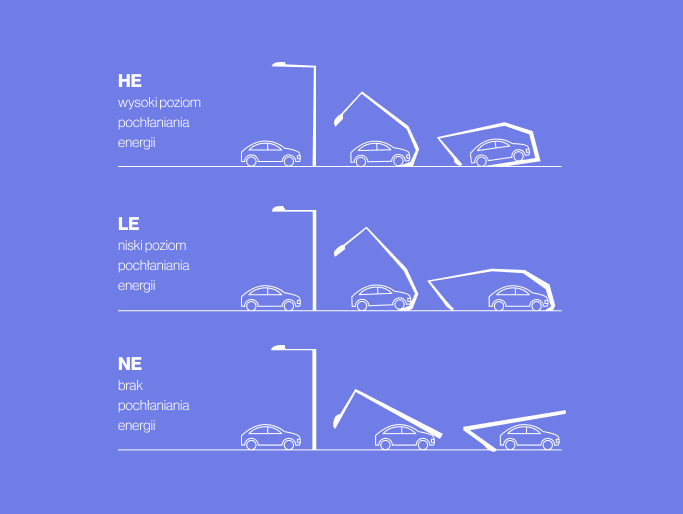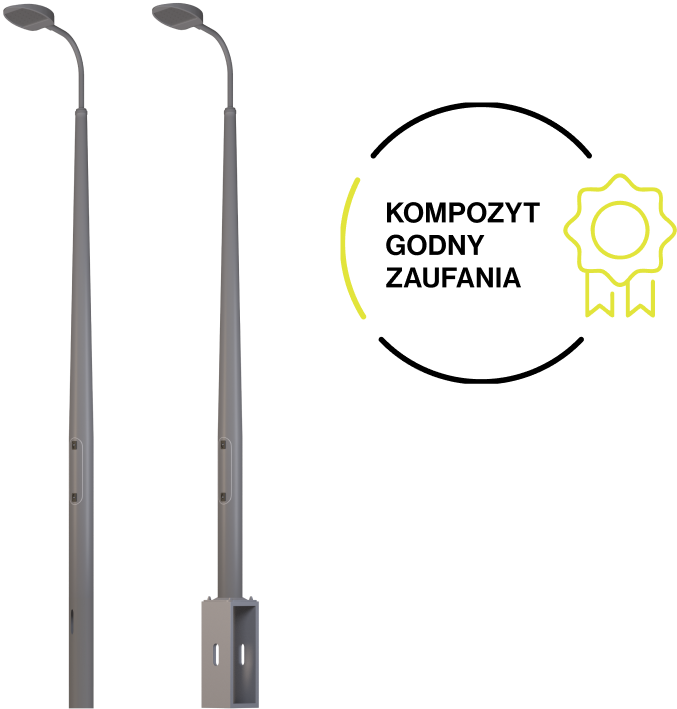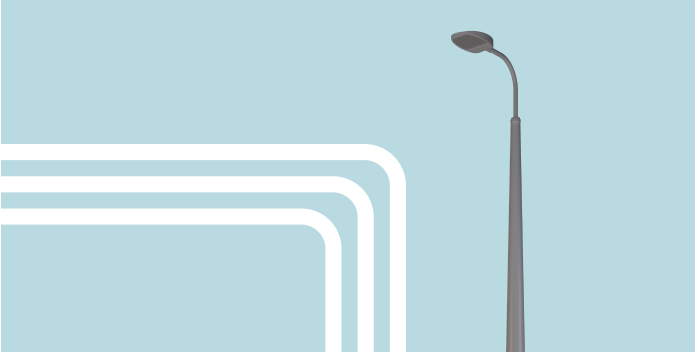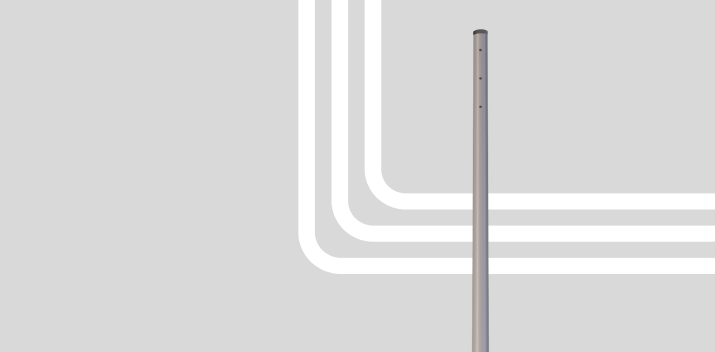Road traffic safety (RTS) is a broad concept that applies to drivers, cyclists and pedestrians alike. Its scope includes not only road traffic rules, signs, markings and engineering solutions, but also elements of road infrastructure as well as actions and strategies aimed at preventing road accidents, as well as minimising their effects. More and more often, their effectiveness is supported by modern technology.
Designing safe roads and vehicles, developing and enforcing road traffic regulations, educating road users, and using modern materials that can provide greater protection – all this contributes to the pursuit of the so-called Vision Zero. It is based on the assumption that no road user wants to harm themselves or others, and every road accident is potentially avoidable. The main goal of this approach is to reduce fatalities and serious injuries to zero.
Vision Zero. On the road to absolute safety
Implementing the assumptions of Vision Zero requires a comprehensive and multi-dimensional approach, including:
- education and increasing awareness of road hazards and ways to avoid them
- application and enforcement of road traffic regulations
- ensuring quick and effective assistance to accident victims
- designing safe roads and road infrastructure.
The latter element is the speciality of NCT SA. Composite road and lighting infrastructure is a real support for road traffic safety, and striving for Vision Zero is one of the company’s strategic directions.
We are not only producers of lighting poles and composite solutions, but we also actively work to improve safety says Rafał Bednarczyk, President of the Management Board of NCT SA. Our experts participate in the work Road Traffic Safety Team at the Polish Chamber of Commerce for Roads and the Polish Committee for Standardisation, developing standards to improve the safety and comfort of road travel adds Bednarczyk.

Composite poles … are forgiving to drivers
To standardise guidelines related to road safety PN-EN 12767 Standard was introduced. It concerns the requirements that must be met by supporting structures for road devices. It also specifies the test methods that should be used to verify the strength, of, for example, lighting posts. This standard distinguishes three categories of passive safety of supporting structures:
- high energy absorbing (HE )
- low energy absorbing (LE )
- not absorbing energy (NE)
In practice, this means that after a vehicle collides with a composite pole, the structure of the pole does not absorb the impact energy and collapses, posing no threat to the participants in the collision and to the car.

Composites are the only materials that allow to achieve the highest standards of passive safety.
They are created by combining two or more components with different physical or chemical properties, and the synergy effect is created by the material with new properties. In the automotive and infrastructure industries, they are valued primarily for their strength, lightness and corrosion resistance.
In road construction, the use of composites allows for the creation of more durable and flexible structures, such as bridges or energy-absorbing barriers, which are better able to withstand the effects of accidents and weather conditions explains Rafał Bednarczyk. Composite materials are also used in the production of road signs and poles, which are not only more durable but also allow us to equip pole lighting or pedestrian crossings elements with additional functions, such as LED lighting that improves visibility or sound elements that increase pedestrian safety adds the expert.



When safety is a priority
High-performance composite light pole. The lightweight structure supports the safety of road users more effectively than traditional solutions of this type.

Composite technology for special applications
These product feature high physical and mechanical performance with a low weight for efficient transport and handling even in the most inaccessible terrain

